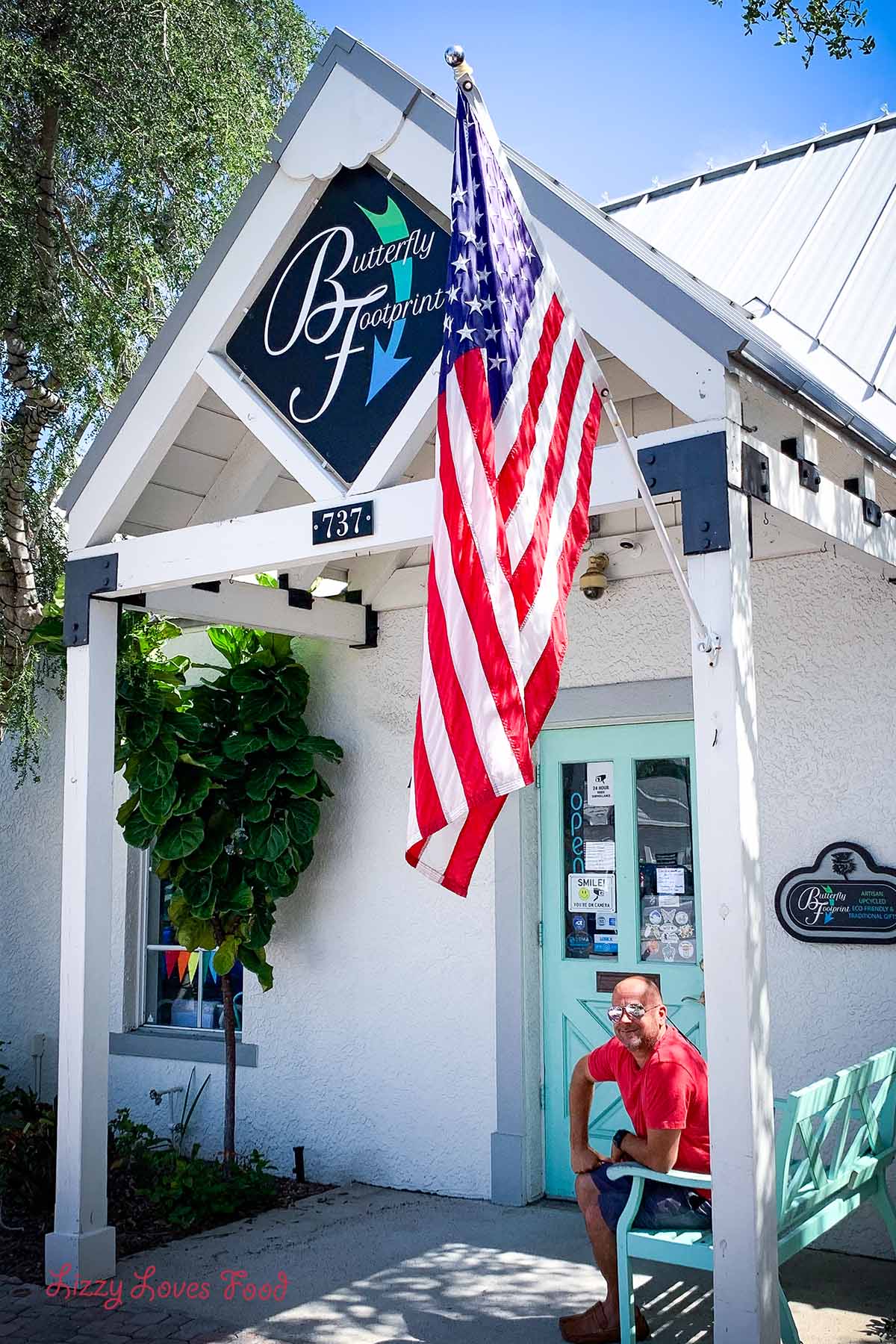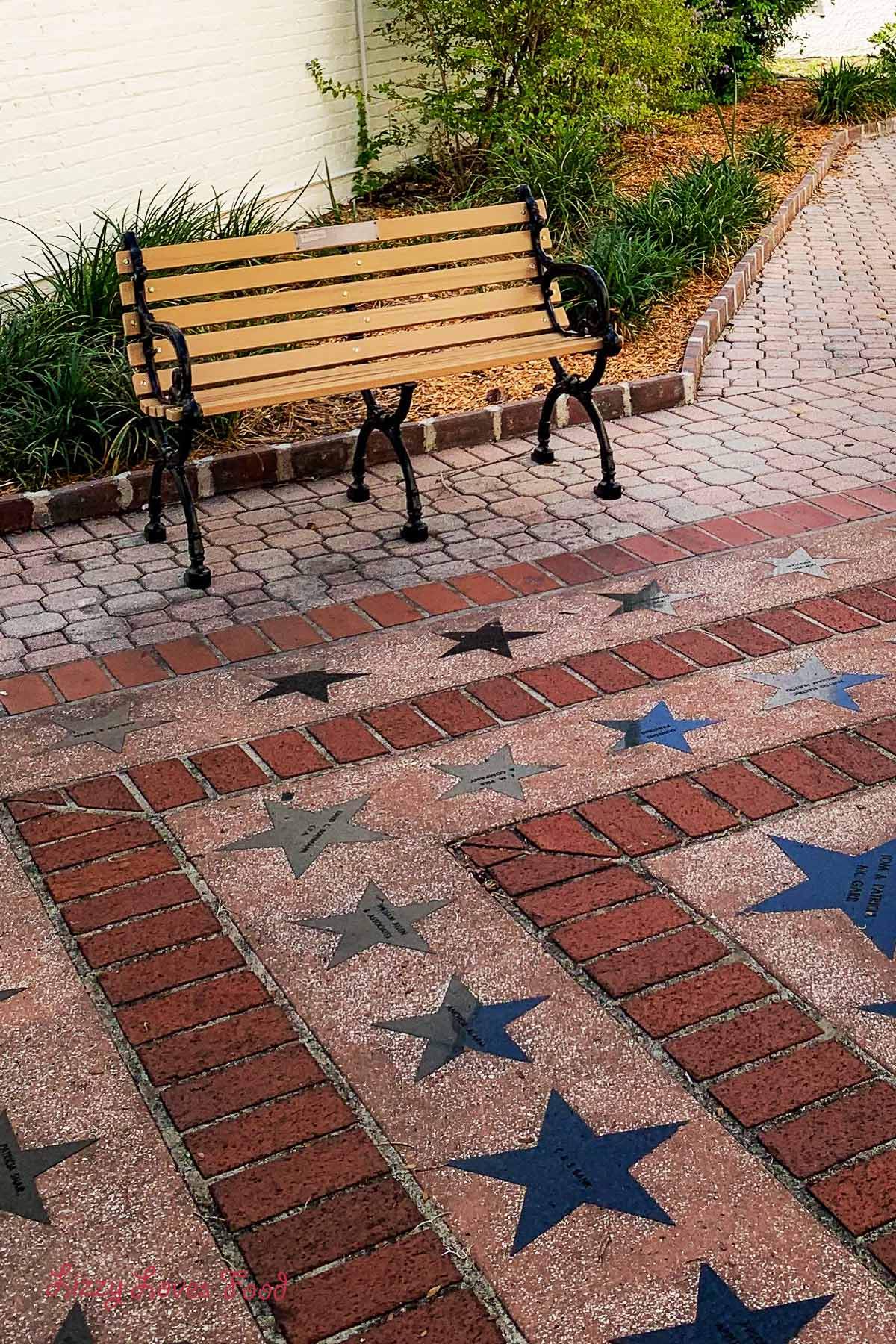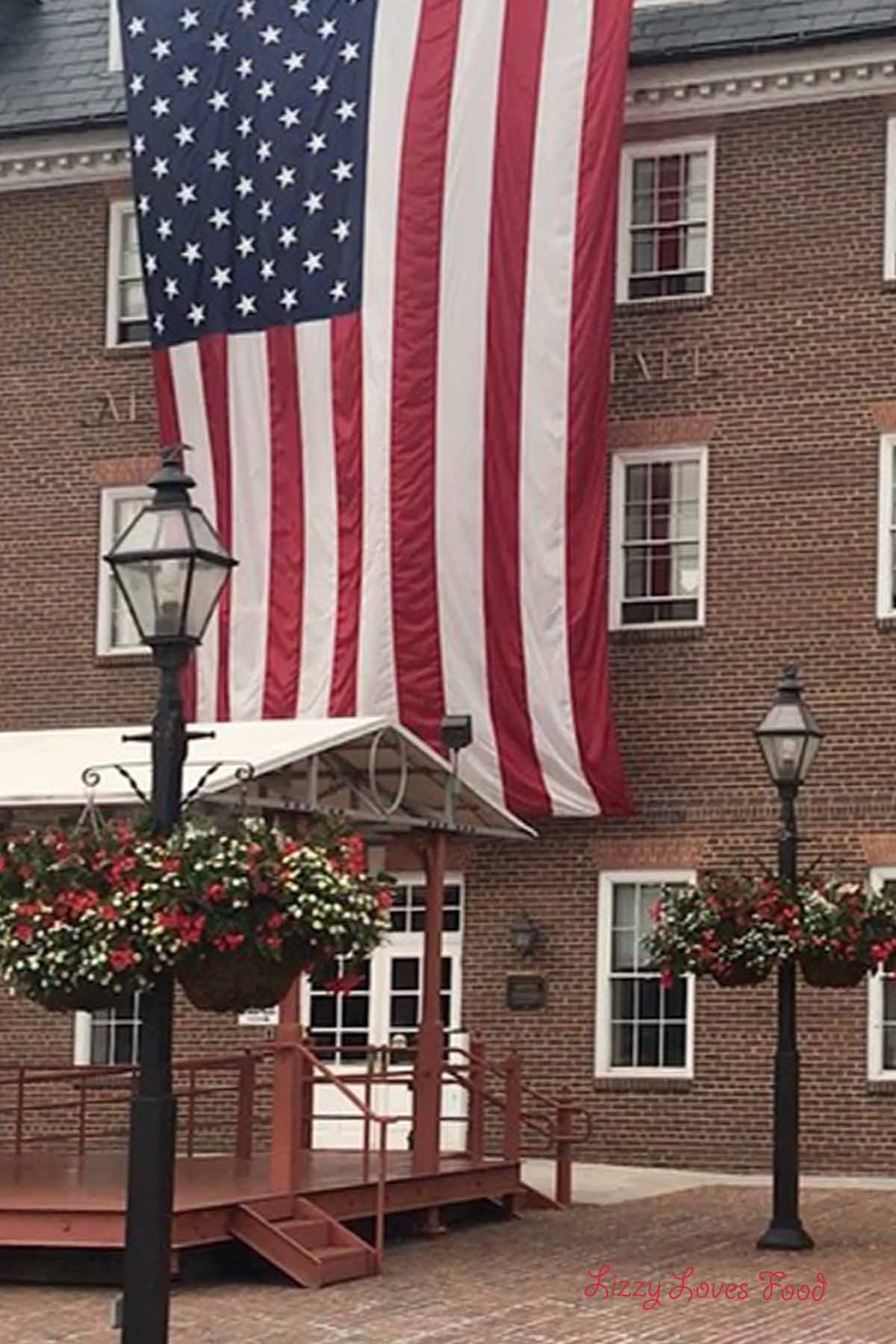American flag colors are everywhere during election season yet the most important day is the Fourth of July and let's not forget Flag Day.

The national flag of the United States of America is a symbol of freedom for so many and probably the most well-known flag in the world.

As Independence Day is near, I wanted to share with you something that I have always been struck by as unique compared to other countries I have traveled to. The American flag hangs everywhere in America, from pools to train stations to dog collars. This symbol is on clothes and so many article of merchandise from across the Pacific Ocean to the Atlantic Ocean, there has not been a road trip that I have not seen a hanging flag.

This leads me to believe Americans love their country. As much as the media and the District of Columbia pretend we don't get along one thing is for sure, the American flag and the meaning of what this country stands for is alive.

But what do the colors of the flags represent you may ask because I sure did. What could represent the high ideals of a nation that uniform men could salute as the national symbols of freedom? Well, let me tell you, as an immigrant who came to this country and became an American at 27 years old, I learned the colors of the flag had specific meanings to represent the identity of the country.

The colors of the American flag, red, white, and blue, each have symbolic meanings:
- Red: Symbolizes valor and bravery. It represents the bloodshed by those who fought for the country's independence and the sacrifices made to uphold its principles.
- White: Signifies purity and innocence. It reflects the nation's desire for peace and unity.
- Blue: Represents vigilance, perseverance, and justice. It is a reminder of the importance of these values in maintaining freedom and democracy.
Together, these colors embody the ideals and principles upon which the United States was founded and continue to strive towards.


The American flag, also known as the "Stars and Stripes," was created by a committee of the Second Continental Congress during the American Revolution. The exact identity of the flag's designer is a matter of historical debate and uncertainty.

However, the committee likely included individuals such as Francis Hopkinson, a signer of the Declaration of Independence, and Congressman Francis Hopkinson, who is often credited with designing the flag. Betsy Ross is also a figure often associated with the creation of the flag, although the historical evidence supporting her involvement is not conclusive.

The flag's design, featuring thirteen alternating red and white stripes representing the original thirteen colonies, along with a blue field in the upper left corner containing white stars representing the current number of states, was officially adopted on June 14, 1777.
Travel America
The history of the American flag is rich and storied, reflecting the evolution of the United States as a nation. Here's a brief overview:
- 1776 - Early Flags: During the American Revolutionary War, various flags were used by colonial militias and revolutionary forces. The "Grand Union Flag," featuring the Union Jack in the canton (upper left corner) and thirteen alternating red and white stripes representing the colonies, was one of the early flags used.
- 1777 - First Official Flag: On June 14, 1777, the Continental Congress passed the Flag Act, officially adopting the Stars and Stripes design with thirteen stars (representing the colonies) and thirteen stripes (representing the original thirteen colonies). This is considered the birth of the American flag.
- 1795 - Expansion of Stars and Stripes: With the addition of new states to the Union, the flag evolved. In 1795, two additional stars and stripes were added to represent Vermont and Kentucky, bringing the total to fifteen.
- 1818 - Return to Thirteen Stripes: As the nation continued to grow, it became impractical to keep adding stripes to the flag. In 1818, Congress passed a law returning the flag to its original thirteen stripes and stipulating that a new star would be added for each new state admitted to the Union.
- 20th Century - Modern Design: The flag has undergone minor changes over time, mostly to accommodate the addition of new states. The current design, with fifty stars representing the fifty states, has been in use since July 4, 1960, following the admission of Hawaii to the Union.

Throughout American history, the flag has served as a symbol of unity, freedom, and patriotism. It has been flown in times of triumph and crisis, serving as a rallying point for the nation's citizens. The flag's design and symbolism continue to evoke a sense of pride and loyalty among Americans.


















Earl P. Williams, Jr. says
1. The U.S. Flag Resolution of June 14, 1777 -- which established the Stars and Stripes as America's National flag -- was sponsored by the Second Continental Congress' Marine (maritime) Committee. (Source: "Our Flag." Joint Committee on Printing. United States Congress. H. Doc. 100-247. Washington: U.S. Government Printing Office. H. Doc. 100-247. Washington: U.S. Government Printing Office. 1989. p. 1, https://nps.gov/parkhistory/online_books/flag/h_doc_100-247/index.htm)
2. New Jersey Congressman Francis Hopkinson was a member of the Marine Committee from mid-July 1776 to mid-November 1776. (Source: Hastings, George E. "The Life and Works of Francis Hopkinson." Chicago: Univ. of Chicago Press. 1926. pp. 215 and 218)
3. Francis Hopkinson stepped down from the Marine Committee to run the Continental Navy on November 18, 1776. He ran the Navy until mid-August 1778. (Source: Hastings. pp. 218 and 234). As such, Hopkinson was running the Navy on June 14, 1777, when Congress adopted the Marine Committee's U.S. Flag Resolution. The Navy was under the Marine Committee. (Source: Hastings. pp. 218 and 219)
4. Scholars now credit Francis Hopkinson as the American flag's designer. (Source: Leepson, Marc. "Flag: An American Biography." St. Martin's Griffin. 2005. p. 33)
5. The Flag Manufacturers Association of America (FMAA) issued the following Tweet on February 4, 2021:
FMAA@FMAA_USA - Feb 4
#FlagFact: The designer of the American flag was Francis Hopkinson, a signer of the Declaration of Independence as a delegate from New Jersey.
FMAA_USA.COM
Submitted by Earl P. Williams, Jr., U.S. flag historian (paleovexillologist), Washington, D.C.
Lizzy says
Thank you so much for sharing! Best Lizzy